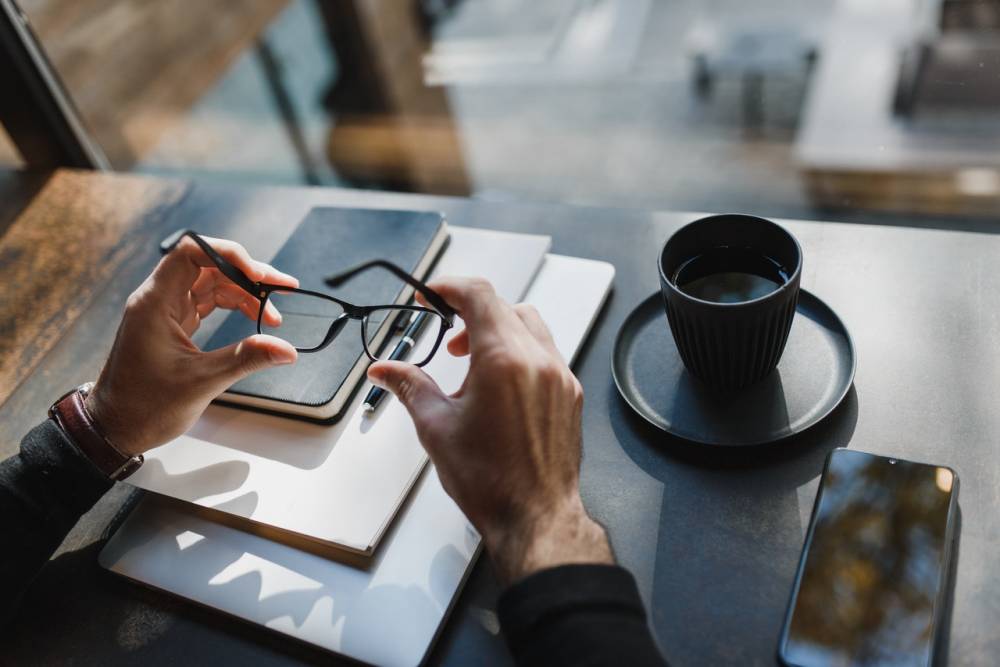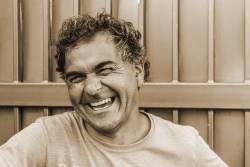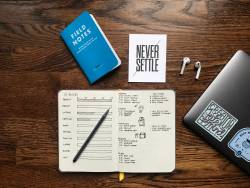
How to Meditate Without Your Eyes Closed: Do It in a Cafe

How many times have you heard of the benefits of meditating everyday?
Do you meditate?
Waking up 20 minutes earlier sounds doable, but it’s not easy enough for most people.
The good news is that sitting down with your eyes closed is not the only way to meditate. There are 2 great ways to do it that are much easier to fit into your daily schedule.
1. Meditating with eyes open in a cafe or anywhere
“Mindfulness requires that we bring all our attention to whatever we’re doing, whether walking or breathing, brushing our teeth, or eating a snack.” - Thich Nhat Hanh, How to See
Sitting with eyes-closed might be the most efficient way to meditate. But who says that you have to choose something that is the most efficient but that you can’t do daily.
Meditate daily and win the long game.
To meditate with your eyes open, just do it exactly like the way you would do a traditional sitting meditation. Except that you would have your eyes closed.
For example, you are now in a cafe, a park, a library, and there are many reasons that you don’t want to do a sitting meditation with your eyes closed, do the following:
- Get whatever prop that would make you feel comfortable (get a book to pretend you are reading, get a notebook to pretend you are writing, get a cup of tea to act like you are enjoying it)
- Breathe in and say “in” in your mind
- Breathe out and say “out” in your mind
- Repeat step 2 to 3 until you feel refreshed (again, 20 minutes is probably a good target)
The “in-out” meditation is a meditation method Thich Nhat Hanh described in his book How to See. Of course, the method in the book suggests that you have your eyes closed. It is modified here as an alternative, so that you can do meditation anywhere.
2. Walking meditation
“Walk as if you are kissing the Earth with your feet.” - Thich Nhat Hanh, Peace Is Every Step
Walking meditation is easy. You just have to synchronize your breath to your steps while you walk.
For example, during a walk after your child to school, you take the following steps:
- Breathe in while walk 4 steps (or pick an amount of steps that’s comfortable to you)
- Breathe out while you walk 4 steps (or pick an amount of steps that’s comfortable to you)
- Repeat step 1 to 2 until you finish your walk or until you feel refreshed (20 minutes is probably a good target)
The above walking meditation method is described by Thich Nhat Hanh in his book Peace Is Every Step.
Final Thoughts
Now, knowing that you don’t have to wake up 20 minutes to meditate? Will you give it a try?
“Practicing mindfulness enables us to become a real person. When we are a real person, we see real people around us, and life is present in all its richness.” - Thich Nhat Hanh, Peace Is Every Step













